Disclosure: This article contains affiliate links. We may earn a commission from purchases at no extra cost to you, which helps our travel content.
There's something magical about a city after sunset. The transformation from bustling metropolis to luminous playground reveals cultural truths that daylight often obscures. Having recently completed back-to-back business projects in Mexico City and Shanghai—with strategically planned extensions for cultural immersion—I've found myself captivated by how these two powerhouses approach their after-dark personas. One anchored in centuries of tradition and revolutionary spirit, the other propelling itself relentlessly toward tomorrow. Both cities pulse with energy when darkness falls, but the rhythms couldn't be more different. For the solo traveler willing to venture beyond tourist circuits, these contrasting nocturnal worlds offer masterclasses in how history, economics, and cultural values shape nightlife. Consider this your invitation to explore both with me, notepad (and mezcal glass) in hand.
The Architectural Canvas: Skyscrapers vs. Colonial Courtyards
In Shanghai, nightlife exists in vertical space. The city's famous skyline isn't just for postcards—it's the actual backdrop against which you'll sip cocktails and network with global executives. The Jin Mao Tower, Shanghai Tower, and World Financial Center create a triumvirate of elevated experiences, with bars positioned strategically for that perfect Pudong view.
During my winter visit, I found myself 87 floors up at Cloud 9 in the Grand Hyatt, watching snow flurries dance against floor-to-ceiling windows while sipping a perfectly crafted Old Fashioned. The clientele: a fascinating mix of tech investors, fashion buyers, and architectural photographers. The conversation: invariably about tomorrow's possibilities.
Meanwhile, Mexico City unfolds horizontally across its historic neighborhoods. Here, nightlife inhabits colonial mansions, repurposed factories, and hidden courtyards. In Roma Norte, I discovered centuries-old homes transformed into mezcalerias, their traditional architecture providing natural acoustics for live jazz and son jarocho performances.
One particularly memorable evening found me in a candlelit 18th-century courtyard in Coyoacán, where the bar's shelves displayed both rare mezcals and artifacts from pre-Hispanic civilizations. The space felt like a physical manifestation of Mexico itself—layers of history coexisting in beautiful contradiction. I documented the experience with my trusty low-light camera, which has become indispensable for capturing atmospheric nightlife without disruptive flash.

💡 Pro Tips
- In Shanghai, make reservations for high-altitude bars at least a week in advance—especially during winter when indoor venues are at premium
- Mexico City's historic bars often don't advertise online; ask local creative professionals for current hotspots
- Both cities have strict dress codes at upscale venues; pack a versatile blazer that transitions from business meetings to evening cocktails
Liquid Culture: Baijiu Houses vs. Mezcalerias
Understanding a city's relationship with alcohol provides profound insight into its social fabric. In Shanghai, baijiu—China's potent grain spirit—functions as both business lubricant and cultural connector. My introduction to proper baijiu culture came via a client who insisted we visit a traditional baijiu house hidden in the former French Concession area.
The ritual was precise: tiny cups, specific toasting etiquette, and an unspoken expectation that business relationships deepen with each shared round. What surprised me most was the range of flavor profiles—from floral to intensely funky—and the elaborate food pairings designed to complement each variety.
Contrast this with Mexico City's mezcalerias, where the spirit's consumption feels simultaneously reverent and rebellious. In Colonia Juárez, I spent an evening at a candlelit mezcal sanctuary where the bartender—who introduced himself as a 'mezcalier'—presented each bottle with a story about the specific village, family, and agave variety from which it came.
The experience was tactile and deeply connected to the land. Clay copitas replaced glass, worm salt accompanied orange slices, and fellow patrons spoke of mezcal in terms usually reserved for fine art. I've since added a mezcal tasting journal to my travel essentials, documenting regional variations and production methods—knowledge that has proven surprisingly valuable during creative brainstorming sessions with clients in the spirits industry.
Both drinking cultures prioritize connection and storytelling, but Shanghai's feels oriented toward future partnerships while Mexico City's honors ancestral knowledge and production methods that resist industrialization.
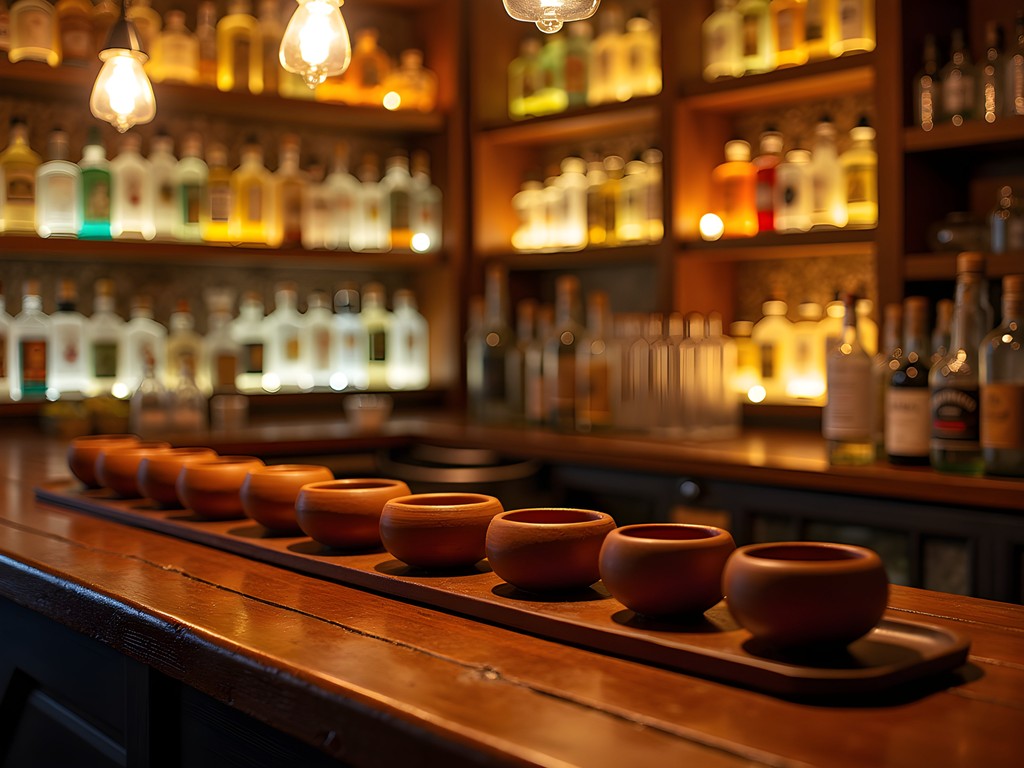
💡 Pro Tips
- Never refill your own baijiu glass in Shanghai—it's considered rude; instead, refill others' glasses and they'll reciprocate
- In Mexico City, sip mezcal slowly rather than shooting it; serious mezcalerias will judge tourists who treat it like tequila
- Ask bartenders in both cities about spirits available only domestically—they're often proud to showcase products that haven't been exported
After Hours: Underground Scenes and Creative Collectives
Beyond the obvious nightlife districts, both cities harbor thriving underground scenes that reveal their creative undercurrents and political tensions. In Shanghai, I was fortunate to receive an invitation to a pop-up electronic music event hosted in a repurposed textile factory on the city's outskirts. The location was shared via WeChat just hours before, the crowd predominantly young Chinese designers and international creative professionals.
What struck me was the juxtaposition of cutting-edge audiovisual technology against industrial decay, and the careful dance between artistic expression and awareness of surveillance. Conversations happened in corners, business cards exchanged discreetly, and the entire experience felt like a masterclass in creating community within constraints.
Mexico City's underground scene operates with different but equally complex dynamics. Through a photographer I met at my hotel's mezcal bar, I gained access to a series of rotating warehouse parties in the industrial zones of Azcapotzalco. Here, electronic music merged with traditional Mexican instruments, while multimedia installations addressed political corruption, environmental concerns, and indigenous rights.
The crowd—a mix of activists, artists, and academics—moved between dance floor and impromptu discussion circles with fluid ease. What might look like just another party to untrained eyes was actually a sophisticated network of creative resistance and community building.
Navigating these after-hours spaces as a solo female traveler required preparation. My crossbody phone bag kept essentials secure while allowing hands-free movement, and I always shared my real-time location with trusted contacts through my smartwatch—essential for safety without compromising the experience.
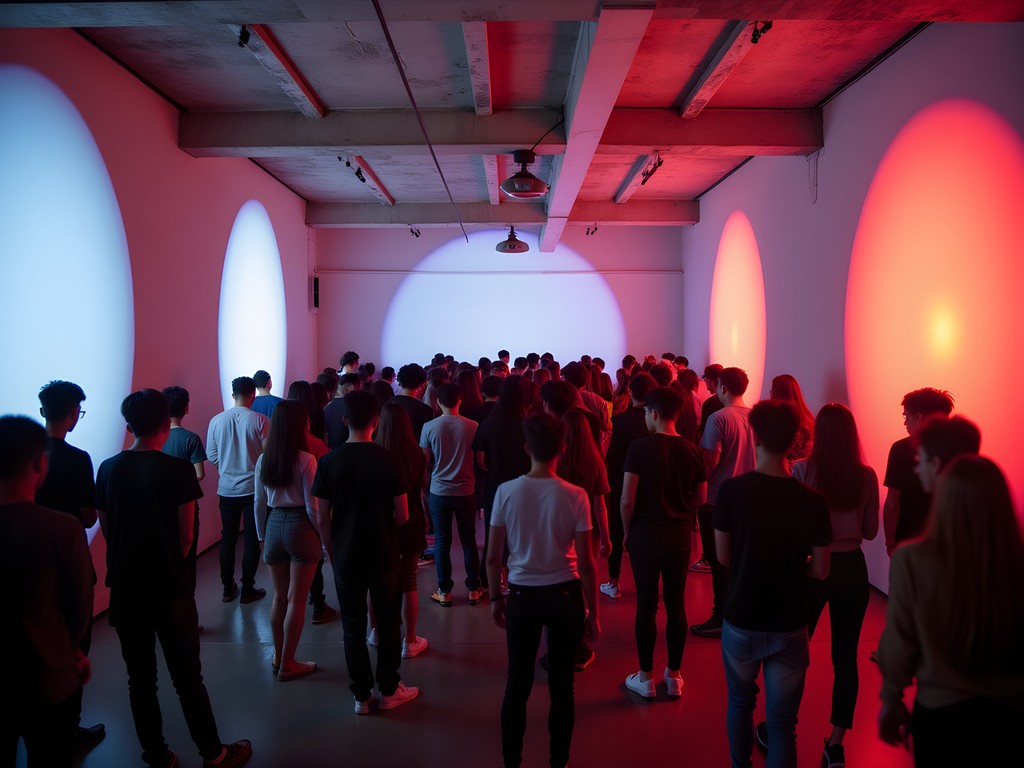
💡 Pro Tips
- Research current political sensitivities before attempting to access underground venues in Shanghai
- In Mexico City, underground events often require personal connections; build relationships at established art galleries and cultural centers first
- For both cities, dress to blend rather than stand out when attending underground events—attention from authorities can shut down venues
The Folklore Factor: Ghosts and Urban Legends After Dark
My fascination with local folklore inevitably shapes my nighttime explorations, and both cities offer rich tapestries of supernatural narratives that influence their after-dark identities.
In Shanghai, I joined a small-group walking tour of the former walled city area, where our guide—a university professor of folklore by day—recounted tales of fox spirits, hungry ghosts, and colonial-era hauntings. What fascinated me was how these stories intertwined with the city's rapid development. Several ultra-modern skyscrapers reportedly altered their designs to accommodate traditional beliefs about spirit paths and energy flow.
At one rooftop bar in Jing'an District, the manager quietly explained how their monthly closing day coincided with the traditional Ghost Festival—not for religious reasons, he insisted, but because 'business decisions should respect all possibilities.' This blend of hyper-modernity and ancestral superstition creates a compelling tension in Shanghai's nightlife districts.
Mexico City embraces its supernatural heritage more openly. In the historic center, I participated in a Leyendas (Legends) night tour that wove through colonial streets while our guide shared stories of La Llorona, the weeping ghost said to wander near water sources mourning her drowned children.
What began as tourist entertainment deepened when we entered a 400-year-old cantina where the bartender, unprompted, showed me a shrine to a regular patron who died decades ago but whose ghost reportedly still orders his favorite tequila on death anniversaries. The casual acceptance of the supernatural creates a nightlife experience where the boundaries between past and present, living and dead, seem delightfully permeable.
I documented these experiences in my travel journal, which has become an invaluable repository of folklore that informs my creative work with luxury brands seeking authentic cultural storytelling.
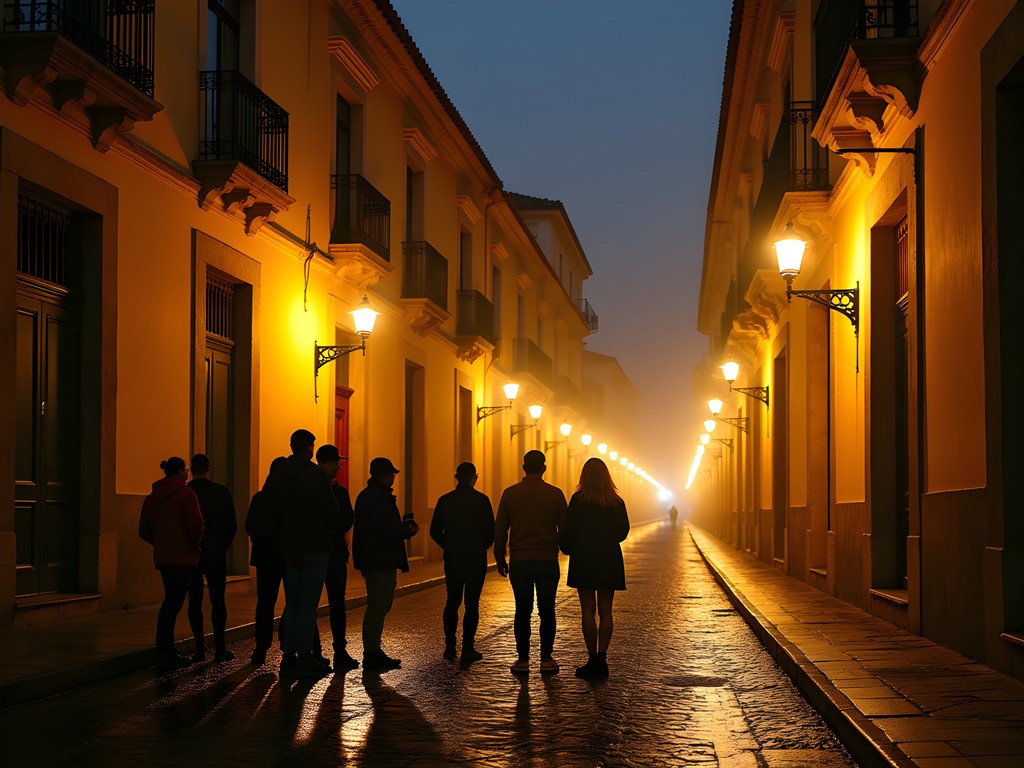
💡 Pro Tips
- In Shanghai, avoid discussing ghosts or death at business dinners—these topics can be considered bad luck
- Mexico City's ghost tours in Centro Histórico book up quickly during Day of the Dead season; reserve weeks in advance
- When locals share supernatural stories, listen respectfully rather than dismissing them—these narratives often contain important cultural insights
Solo Female Navigation: Safety, Etiquette, and Connection
Traversing two dramatically different nightlife scenes as a solo female traveler requires both universal vigilance and culturally-specific adaptations. In Shanghai, I found the primary challenges were linguistic rather than safety-related. The city's excellent public transportation runs late, streets remain well-lit and populated, and violent crime rates are remarkably low.
However, business card etiquette, seating hierarchies, and toasting protocols carry significant weight. I learned quickly that presenting my bilingual business cards with both hands, acknowledging the most senior person first, and never leaving before higher-ranking executives were social currencies as valuable as Mandarin phrases.
Women in Shanghai nightlife settings often travel in groups, making solo exploration somewhat unusual. I found hosting strategic 'mini-gatherings' at hotel bars—inviting local contacts I'd met during business hours—created both safety and networking advantages while respecting cultural norms.
Mexico City presented different considerations. While certain areas offer vibrant, safe nightlife, transportation between districts requires planning. I relied heavily on trusted taxi apps rather than hailing street cabs, particularly after midnight. Many high-end hotels offer dedicated car services for female guests—a service worth the premium for late-night returns.
Unlike Shanghai's group-oriented socializing, Mexico City's bar culture more readily accommodates solo patrons. Sitting at bars rather than tables facilitated natural conversations with bartenders and fellow travelers. I discovered several favorite venues by simply asking female bartenders where they go on their nights off.
In both cities, I maintained awareness without sacrificing enjoyment by using my phone minimally in public, carrying a crossbody bag, and sharing my location with contacts. When photographing nightlife scenes, my compact camera proved less obtrusive and attention-grabbing than a full DSLR setup while still capturing professional-quality images for my blog.
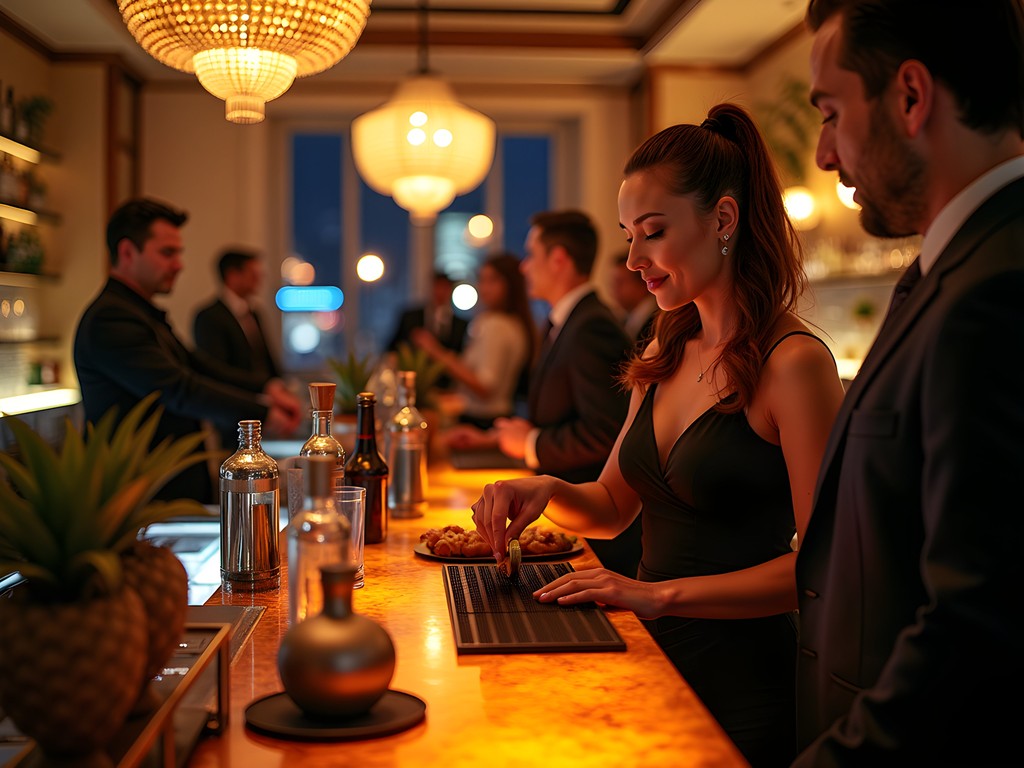
💡 Pro Tips
- In Shanghai, have your hotel's address written in Chinese characters for taxi returns
- Mexico City's upscale hotel bars often have dedicated staff watching out for female solo travelers—worth the premium for a drink or two
- In both cities, befriend female bartenders who can provide invaluable local safety information and recommendations
Final Thoughts
After two weeks divided between these magnificent cities, I've come to see their contrasting nightlife scenes as perfect embodiments of their broader cultural identities. Shanghai looks relentlessly forward, building vertically toward tomorrow's possibilities, while Mexico City spreads horizontally, each neighborhood a palimpsest where ancient myths and contemporary creativity coexist in beautiful tension. For the solo traveler willing to venture beyond tourist circuits, both offer masterclasses in how history shapes urban nightlife. Whether you're sipping baijiu 87 floors above Shanghai or discussing mezcal production methods in a colonial courtyard in Roma Norte, the key is approaching each experience with cultural respect and genuine curiosity. The night reveals what daylight often obscures—and in that revelation lies the true gift of cultural immersion. Which city calls to you first? The future or the past? The vertical or the horizontal? The choice reveals as much about you as it does about your destination.
✨ Key Takeaways
- Both cities reward preparation and cultural research—knowing proper toasting etiquette in Shanghai or mezcal terminology in Mexico City opens doors to authentic experiences
- Underground creative scenes in both metropolises offer insights into political and social dynamics that mainstream venues don't reveal
- Solo female travelers can navigate both destinations safely with strategic planning and local connections
- Folklore and supernatural beliefs continue to shape nightlife experiences even in these modern global cities
📋 Practical Information
Best Time to Visit
November-February for Shanghai (less humidity); October-March for Mexico City (dry season)
Budget Estimate
$300-500 per day including luxury accommodations, transportation, dining and nightlife
Recommended Duration
5-7 days per city, with at least 2-3 evenings dedicated to nightlife exploration
Difficulty Level
Intermediate



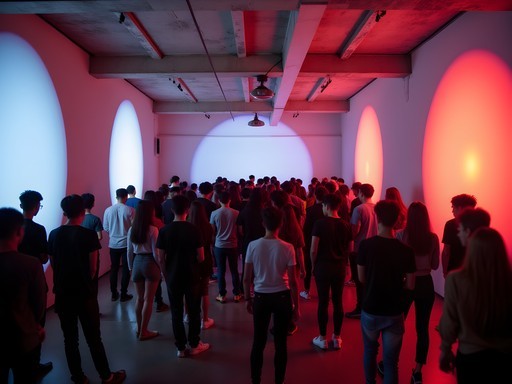

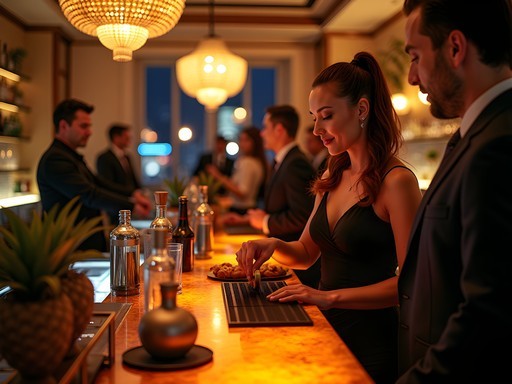


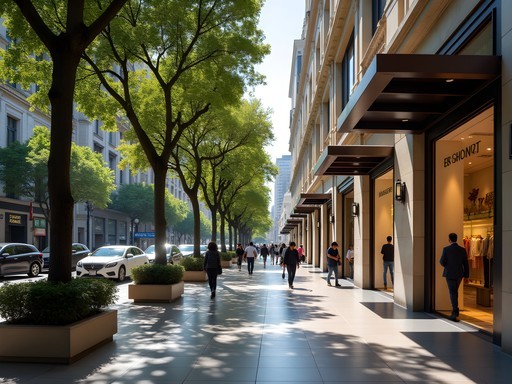

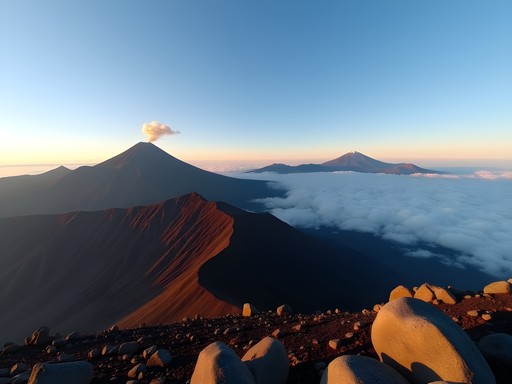
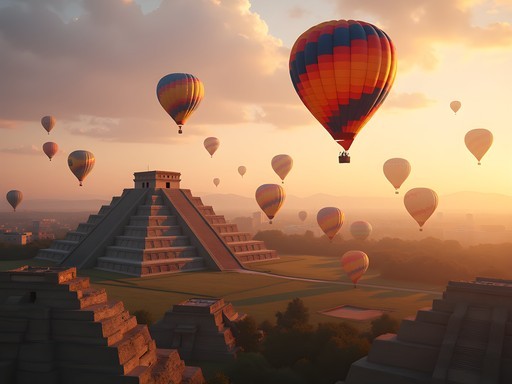
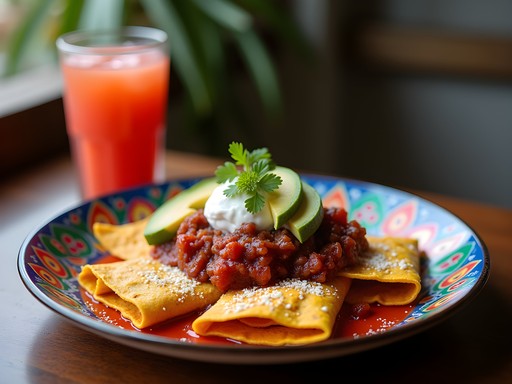



Comments
sunnymate5621
Your section on urban legends was fascinating! When I was in Mexico City, our tour guide told us about La Llorona while we were on a night canal tour in Xochimilco - talk about atmospheric! I didn't know Shanghai had such a rich ghost story tradition too. The way different cultures process their histories through these night-time stories says so much about them. Did you happen to visit any of the supposedly haunted locations in either city?
explorerider
I visited Mexico City last year but never made it to Shanghai. Your comparison of the architectural differences at night really made me want to experience both! Those lit-up colonial courtyards in Mexico City were magical, especially around Zócalo. Did you find the language barrier challenging in Shanghai's night scene? I'm planning a trip but worried about navigating after dark with minimal Mandarin.
Helen Stephens
The language barrier in Shanghai can be challenging but most venues in popular nightlife areas have English-speaking staff. Download a translation app and save screenshots of addresses in Chinese characters to show taxi drivers. The metro is also very easy to navigate with English signage and runs until around 11pm!
Bryce Diaz
Helen, your section on the underground scenes was spot on! For anyone planning to visit either city, I'd add that timing is everything in Shanghai - venues often shut down or relocate with minimal notice due to regulations. I learned this the hard way when I showed up to a supposedly hot underground jazz club only to find an empty storefront! Always check social media the day of. For Mexico City, I'd recommend the monthly art crawls in San Rafael neighborhood - less touristy than Roma but equally vibrant after dark. I documented both cities extensively in my night photography guide if anyone wants to capture these scenes themselves.
explorerider
Thanks for the San Rafael tip! Any specific galleries you'd recommend there?
Bryce Diaz
Check out Galería Hilario Galguera and MAIA Contemporary - both stay open late during art crawl nights and often have interesting performance pieces that spill onto the streets!
smartway
Those ghost stories from Shanghai gave me chills! Never heard those before!
Amit Sullivan
Your comparison of baijiu houses and mezcalerias brought back such vivid memories! I spent three months between both cities last year, and the drinking cultures couldn't be more different yet equally fascinating. In Shanghai, I found the ritual around baijiu drinking - the tiny cups, the constant toasting - created an immediate sense of community even among strangers. Meanwhile, in Mexico City's mezcalerias, especially in the older parts of Centro Histórico, the storytelling that happens around good mezcal feels almost ceremonial. The bartenders would often explain the exact village and family behind each bottle, making every sip feel like a connection to somewhere authentic. Did you notice how both cultures use drinking as a gateway to deeper conversations rather than just getting intoxicated?
wildlover
As a solo female traveler, which city felt safer for exploring the nightlife scene?
Helen Stephens
Great question! Both cities have areas where I felt completely comfortable and others where I exercised more caution. In Shanghai, the French Concession and Bund areas felt very secure even late at night. In Mexico City, Roma Norte and Condesa were well-lit and populated until late. I'd recommend using ride-sharing apps in both cities after midnight rather than public transport.
wildlover
Thanks so much for the detailed response! That's really helpful for planning my trip.
vacationmate7236
Love how you captured the contrast between these two amazing cities! The architectural differences at night are stunning.
starexplorer
Did you feel safe exploring both cities at night as a solo female traveler? Planning a trip to both places and a bit nervous about the after-dark scene!
Helen Stephens
Great question! I felt relatively safe in both cities but took standard precautions. Shanghai felt more consistently secure across different areas. In Mexico City, I stuck to Roma, Condesa and Centro Histórico at night, and always used ride-sharing apps after midnight rather than walking alone. Both cities have excellent night transportation options!
starexplorer
Thanks so much for the quick reply! That's really helpful. Will definitely use ride-sharing apps in CDMX after hours.
journeyzone
Just booked tickets to Mexico City for next month! Any specific mezcalerias you'd recommend that aren't super touristy? Also curious about the underground scene you mentioned - how do you find those spots as a visitor? My Spanish is decent but not fluent.
Helen Stephens
For mezcalerias, check out La Clandestina in Condesa - looks like a water store from outside! For underground spots, honestly Instagram is your best bet. Follow local DJs and art collectives, they usually post stories about events. Your Spanish will be enough - many people in CDMX's creative scene speak English too!
adventurechamp
Second La Clandestina! Also try Bósforo in Centro - tiny place, amazing selection. For finding underground events, I had luck just chatting with bartenders at smaller spots. They're usually plugged into what's happening that weekend.
Ahmed Greene
Helen, your section on 'The Folklore Factor' brought back memories! When I was in Mexico City last year, our Airbnb host took us on an impromptu midnight tour of his neighborhood, pointing out buildings where La Llorona supposedly appeared. What started as ghost stories turned into a beautiful oral history of the area's past. Shanghai has its own rich folklore too - I joined a night walking tour that explored the 'haunted' areas of the former French Concession. If anyone's heading to either city, I highly recommend night walking tour - they do both cities and focus on these hidden folklore elements that Helen mentioned.
Venture X
Premium card with 2X miles, $300 travel credit, Priority Pass